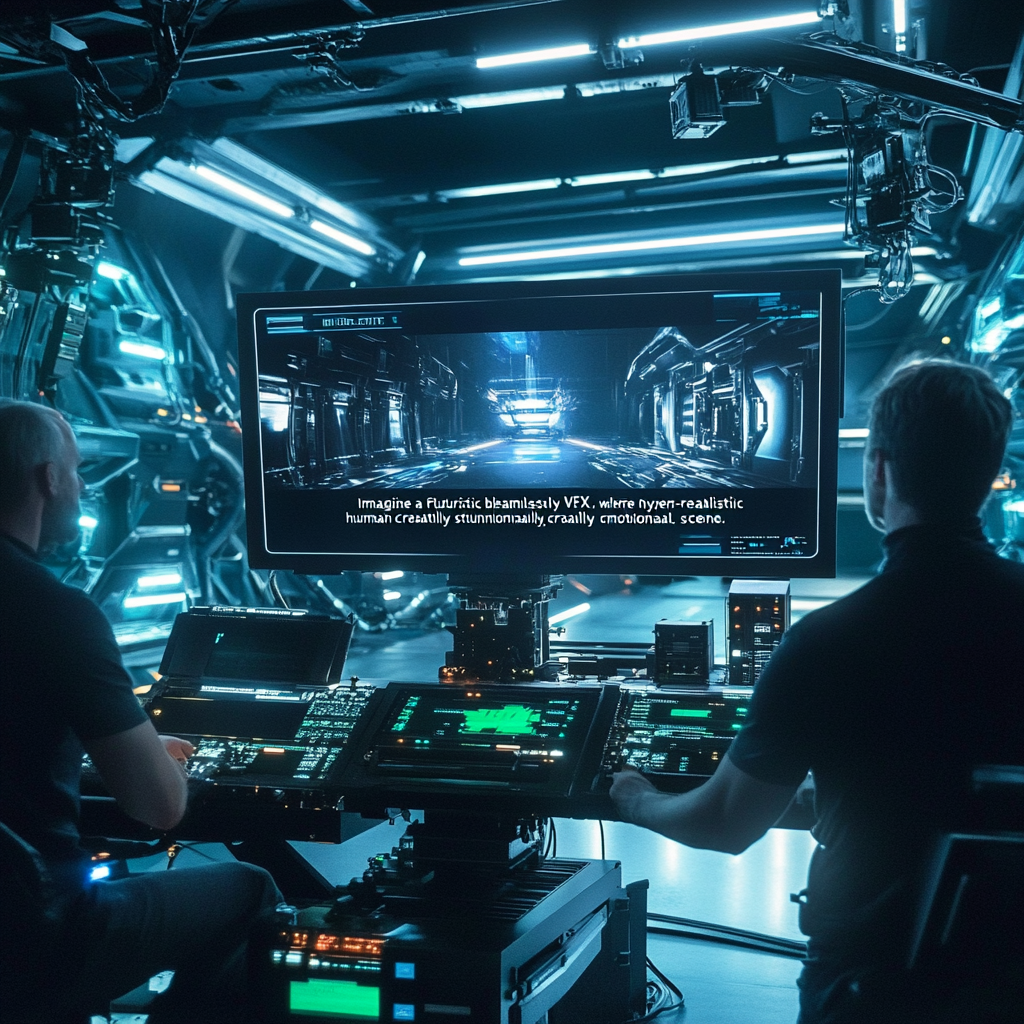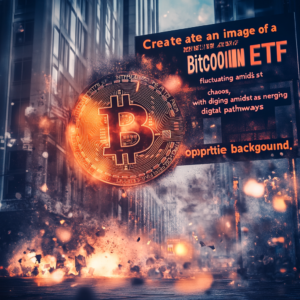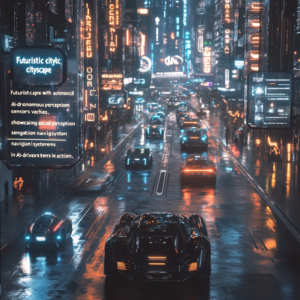
The Digital Hand: AI Transforming Visual Effects in Film and TV
AI in the Visual Effects Industry: A Double-Edged Sword
Imagine this: You’re snuggled up in a cozy movie theater, the lights dim, your heart races as the film begins, and on the screen, fantastical creatures and magnificent worlds unfold before your eyes. But wait — behind the grandeur, there lurks a technology that’s making waves in the visual effects (VFX) realm. Yes, we’re talking about Artificial Intelligence (AI). It’s hard not to feel the buzz; on one hand, AI might just be the secret ingredient that catapults our cinematic experiences into newfound realms of wonder. Yet, on the other, it’s stoking fires of concern regarding job security, creativity, and, dare I say, the irreplaceable human touch.
Now, let's dive in to untangle this intricate web — the realm of AI in VFX is both a shimmering feast and a sticky trap.
Here’s the deal, folks. AI has already begun to churn the waters of VFX production, and it’s not coming in all meek and unassuming. No, it’s strutting its stuff, shaking up the status quo. Take automation for example—those soul-draining tasks like rotoscoping and motion tracking, which composers of visual magic had to endure, can now be managed by AI. It’s like having a minion to tackle the mundane. Imagine an AI efficiently tracing elements in footage while you sit back, enjoy your cold coffee, and wonder how you ever managed without it. Ah, bliss!
And let’s not forget visuals that make your jaw drop. AI has stepped onto the scene, armed with algorithms to sculpt realistic textures, simulate awe-inspiring physical phenomena, and fabricate entire digital environments. It’s akin to a wizard concocting worlds that exist only in your wildest dreams, bringing them to life with jaw-dropping verisimilitude. Filmmakers can now conjure creatures that leap off the screen and stunts that defy the laws of physics! Who wouldn’t want that?
When it comes to post-production, AI has donned its superhero cape yet again. Picture AI editing tools that whirl through endless hours of footage, hunting down the golden moments based on the electric spark of composition, lighting, and performance. A smart algorithm even hints at edits to align with the emotional essence of the story. We’re talking about a significant slash in the time and effort required. I mean, what a world we live in, huh?
But before we all hold hands and frolic through the meadows of AI-augmented creativity, let’s put on the brakes for just a moment. There are valid concerns lurking in the shadows that need to be taken seriously. Job insecurity is knocking at the door, with a hefty percentage of VFX artists quaking in their boots. Research suggests a staggering 75% of entertainment industry leaders believe that generative AI threatens job roles. The VFX field isn’t exempt, with many artists rightfully fearing they might become relics of a bygone era. The idea of being replaced by a glorified algorithm must be one hell of a pill to swallow.
Then comes the ethical conundrum. Who owns what when AI generates a masterpiece? Copyright infringement could spiral into a labyrinth of chaos, leaving senior supervisors scratching their heads and pondering. The questions are pressing, and nobody seems to have a foolproof map to navigate these murky waters.
And don’t even get me started on creativity. The essence, the spark of originality — will we see a dilution of artistry? There’s a growing fear that welcoming AI into the sanctum of creativity may cradle us in its well-meaning arms but also squeeze the life out of invention. When one film used AI to produce a title sequence and received scathing reviews for its lack of soul, the backlash reinforced this fear. Nobody wants their cherished craft to devolve into a conveyor belt of homogenized content.
So here we are at a crossroads, my dear reader. It’s clear that a symbiotic relationship between human ingenuity and AI must be forged if VFX is to flourish. The world deserves creativity, not contrived imitation. What do we do, then? How do we harness the power of this double-edged sword without bleeding into mediocrity?
Firstly, let’s lay down the law. Clear guidelines need to be established regarding AI’s role in VFX. The focus must be on using AI to augment human creativity, not replace it. It’s like having the perfect sidekick—one that elevates our creative endeavors rather than steals the spotlight.
Secondly, fairness must reign supreme. If artists’ works are the fuel that powers AI models, it’s only right they are compensated adequately. Additionally, investing in training programs that teach artists how to leverage AI tools without losing their creative edge is an absolute must. The finesse of human decision-making is not something to be thrown away carelessly.
Yet, here’s where the plot thickens — the challenge of integrating AI into existing production pipelines is real. Not all AI tools are primed for battle, and artists are grappling with how to weave them seamlessly into their workflows. Solving these technical puzzles is crucial for this partnership to thrive without turning into a chaotic cacophony of confusion.
As we look ahead, it’s tantalizing to envision how the future of visual storytelling could unfold. AI has the potential to augment the landscape of filmmaking, paving the way for immersive experiences that make audiences gasp. Just picture the possibilities—realistic virtual sets that replace cumbersome physical constructions, and the breathtaking allure of augmented and virtual reality enhancing cinematic storytelling.
When it comes to marketing, AI could be our crystal ball, analyzing patterns and preferences to suggest narratives that tickle audiences’ fancies. Personalization could become the gateway to tailoring marketing campaigns that resonate deeply with individual viewers, wrapping them in an inviting embrace.
In conclusion, the encroachment of AI into the VFX industry is indeed a complicated matter. With all its promises of increased efficiency and artistic enhancement, it also casts a shadow of job insecurity, ethical dilemmas, and creative stagnation. The balance must be struck, my friends — a harmonious coexistence that emphasizes the importance of human creativity while embracing the advances AI offers.
As a wise VFX artist poignantly stated, "Understanding the why behind certain choices, the creative decision-making — that’s something I haven’t really seen AI effectively do." Let’s raise our glasses to a future where human essence and technological advancement waltz hand in hand through the world of cinema!
Want to stay up to date with the latest news on neural networks and automation? Subscribe to our Telegram channel: @channel_neirotoken.

